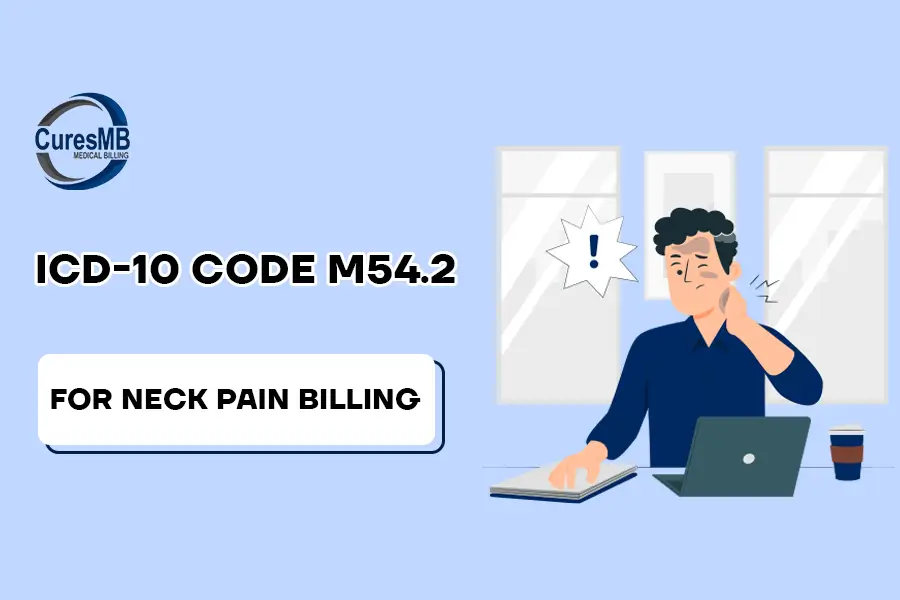In healthcare billing, precise coding is crucial for accurate diagnosis reporting and timely reimbursement. One commonly used code is ICD-10 Code M54.2, which represents cervicalgia the clinical term for neck pain. This code is important for healthcare providers across specialties, from general physicians to physical therapists, in document and treating neck-related conditions.
Insomnia ICD-10 Codes – A Guide for Accurate Billing
Insomnia is one of the most mutual sleep disorders, affecting millions of people worldwide. The ICD-10-CM diagnosis codes for insomnia help healthcare providers accurately document, diagnose, and bill for services related to sleep disturbances.
2024 ICD-10 Diagnosis Codes Atherosclerosis of the coronary arteries Disease
Heart disease is a major health problem that affects many people around the world, and commonly results in different kinds of angina pectoris. All kinds of heart disease, atherosclerotic heart disease of the native coronary artery is a major concern for many people, as it can manifest as various forms of angina pectoris. This article will look at what atherosclerotic heart disease of the native coronary artery Disease.




